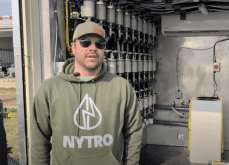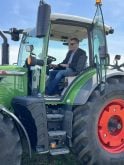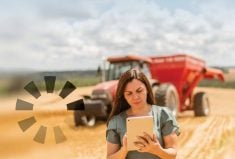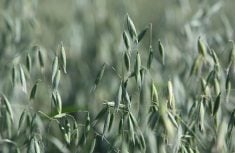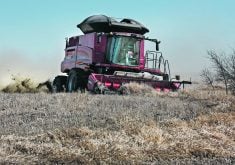Tractor, sprayer and combine cabs can contain so much electronic equipment that it makes them look like space shuttles.
Simplification, however, is on the way in the form of a standardized protocol first developed in Europe 20 years ago.
The benefits of data manipulation can be enormous during seeding, spraying and harvest. In the off season, that same data becomes an important tool to help fine tune the farming operation and plan for the next year.
But trying to make electronic management systems work properly in the field can be frustrating, especially when not all of the systems are compatible with each other.
Read Also
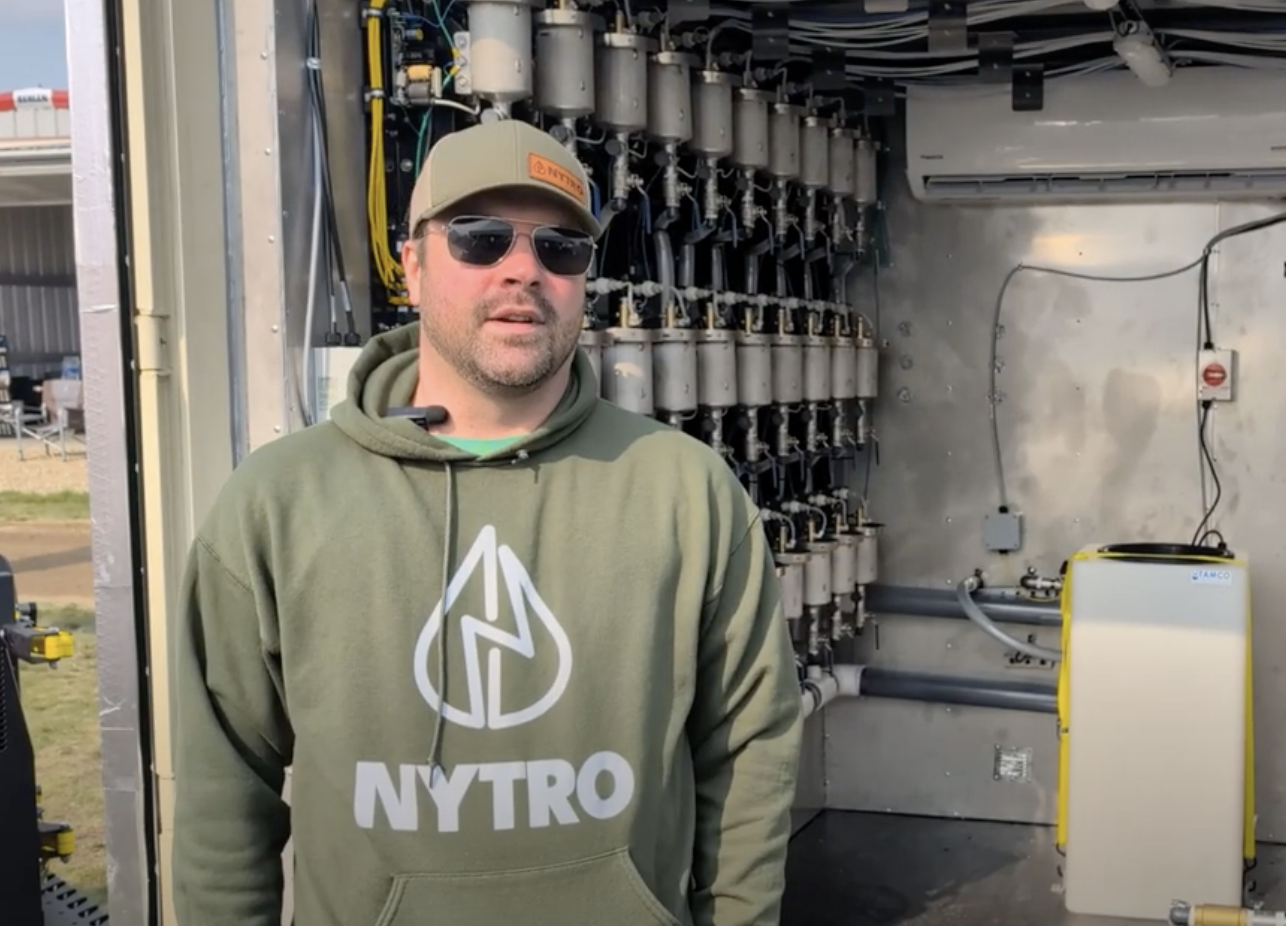
VIDEO: Green Lightning and Nytro Ag win sustainability innovation award
Nytro Ag Corp and Green Lightning recieved an innovation award at Ag in Motion 2025 for the Green Lightning Nitrogen Machine, which converts atmospheric nitrogen into a plant-usable form.
Farmers caught in this dilemma ask why the electronic components on their implements can’t be standardized in the same way hydraulic components have been standardized.
The answer: It’s happening right now.
The development work on electronic interface between cab and implement was initiated in Europe, long before it crossed to North America. By the 1980s, the Bosch company was already a pioneer in auto electronics and it saw that many of the challenges it faced in bringing electronics to the autobahn were the same challenges European farmers would face in their fields.
Bosch embarked on a research and development program to create a protocol for electronic communication that would be acceptable globally and in all areas of endeavor, including agriculture and transportation.
Bosch introduced its system in 1986, calling it CANbus. CAN stands for controlled area network and “bus” is a data path that can be shared by a multitude of electronic devices including sensors, monitors, display screens, keypads, global positioning systems and any variety of control boxes.
In 1999, ISO struck a special task force to develop the virtual terminal, which is a key component in the standardized system. The ISO 11783 standard is now widely accepted throughout the world for agricultural applications.
Researchers say the benefits are startling.
“Standardization of the connectors means that I can plug the single bus connector from my air drill into the tractor connector of any make of tractor that is in compliance with the standard,” said Daniel Humburg from the University of South Dakota.
“I will have access to all the controllable features on that drill from fertilizer rate to seed tube monitors to running lights: all from the cab of the tractor.
“Although the sales staff at the local dealership may not know much about it yet, the engineering departments in the companies are very aware of it.”
The 11783 protocol is divided into 12 documents, or 12 individual technical areas, which most manufacturers have begun following to ensure that the electronics on their farm equipment will be compatible with the electronics on other brands of implements.
Some industry people refer to the complete set of protocol as CANbus, or sometimes as Isobus.
From the manufacturers’ point of view, the new system helps reduce their cost of production. An international standard for all electronic components means that each implement manufacturer no longer needs to invest in the development of its own unique electronic components, or customize systems they buy from an outside source.
For example, if the ground speed sensor is a CANbus ISO 11783 standardized item, Case IH can buy the same unit as John Deere or Agco, as can smaller companies that build air drills and high clearance sprayers. The same sensor can be used for seeding, spraying and harvesting.
For farmers, this standardization will reduce the investment in components and ease the transfer of electronics from one machine to the next.
It will also mean fewer electronic devices in the cab and simplify the overall operation. This, in turn, should reduce operator stress.
In theory, as the CANbus ISO 11783 protocol permeates the ag implement industry, electronic components should be standardized throughout the whole range of ag implements, to the extent that even the connectors and wire harnesses from one brand will work on a competing brand.
University researchers and ag engineers from competing corporations who are working together on this challenge have given the standard a name: transfer support layer, or TSL. They say that once the details have been worked out, farmers will reap the benefits.
For example, TSL will guarantee the use of maps from different software companies on any system that adheres to the TSL standard.





